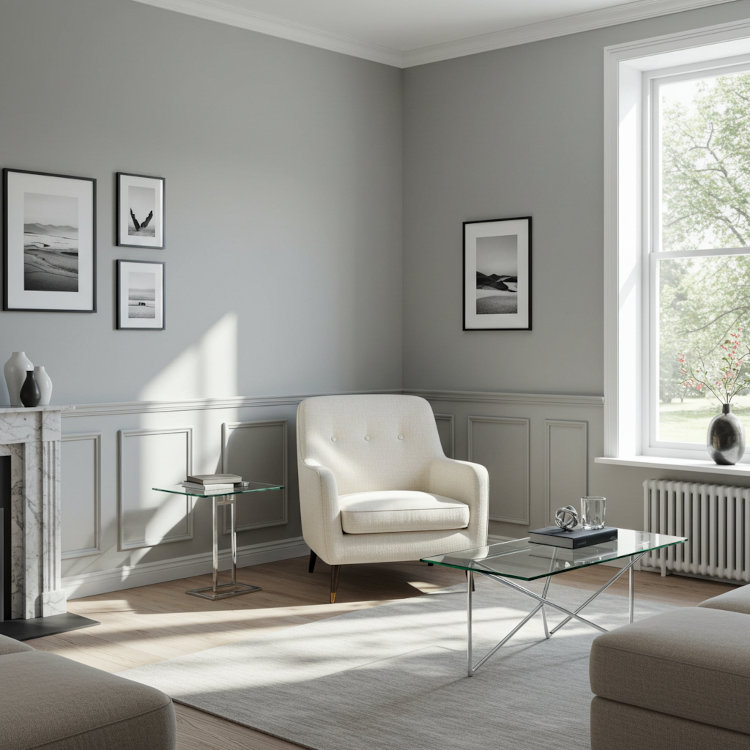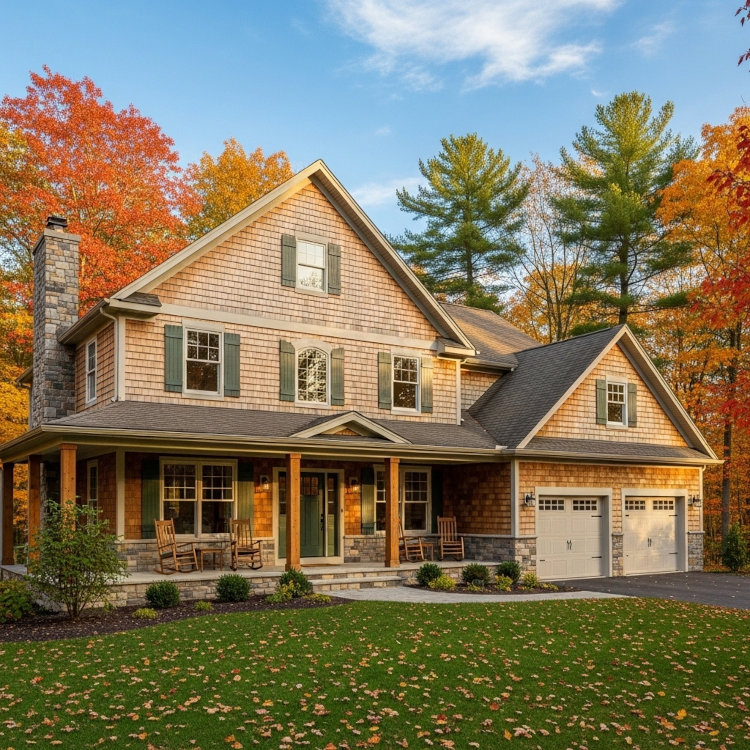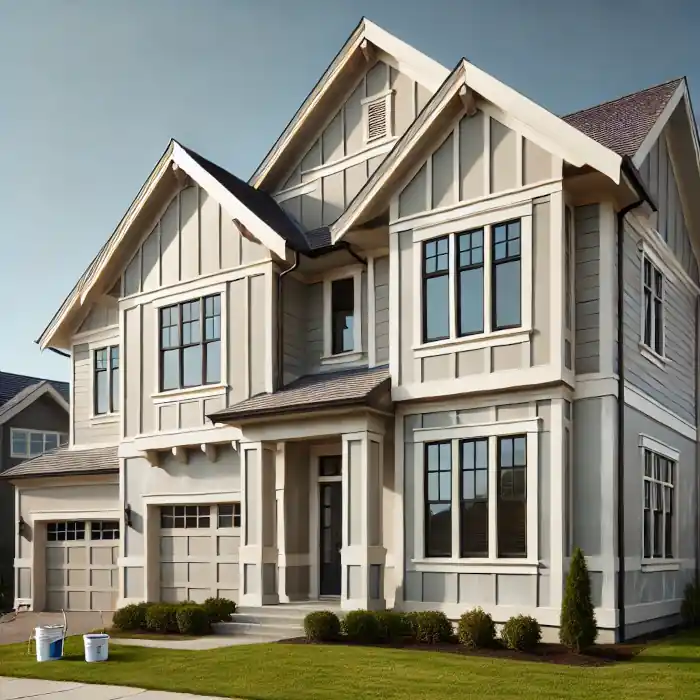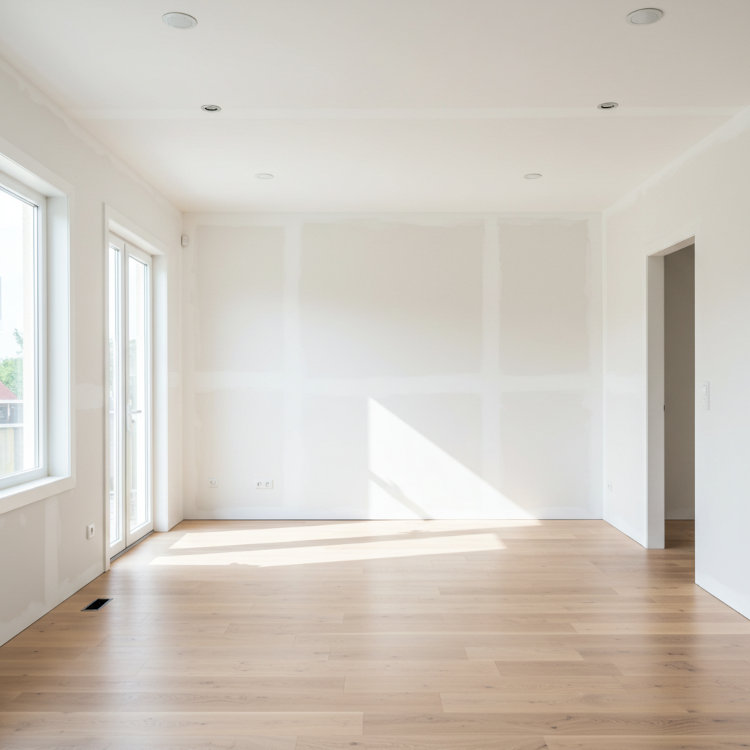As an Amazon Associate, I earn from qualifying purchases. Privacy Policy / Terms
Trim may not take up as much space as walls or siding, but it plays a huge role in the way a home looks. Freshly painted trim outlines design details, adds contrast, and makes every surface appear sharper. Inside, trim separates walls from floors, ceilings, and door frames. Outside, it frames windows, highlights siding colors, and completes the look of an exterior.
Repainting trim is one of the easiest ways to refresh a property. A new coat of paint on baseboards, crown molding, or window trim can make a living room feel brighter and more polished. Updating exterior trim can transform the entire house, even without changing siding colors. These small updates prove that the details often create the biggest impact.
Why Repainting Trim Is a Good Idea
Trim works like a frame around a painting. It defines the edges, enhances colors, and creates balance. When trim is chipped, faded, or mismatched, the entire space feels tired, no matter how new the paint on the walls may be. Repainting trim improves both style and protection.
- Curb Appeal: Crisp white trim or a bold accent shade instantly improves first impressions.
- Surface Protection: Paint seals wood, preventing moisture and rot from damaging trim pieces.
These benefits show why repainting trim is more than cosmetic. It adds value and helps extend the life of the home.
Interior Trim: Details That Elevate Living Spaces
Interior trim includes baseboards, crown molding, door frames, and window casings. These surfaces see constant use, often showing scuffs, dents, or stains before walls do. A new coat of paint brings back clean lines and makes every room feel more polished.
Color choice is key. White trim remains the most popular option, especially when paired with light walls, because it brightens rooms and creates contrast. Darker trim colors, such as charcoal or navy, are also trending for homeowners who want bold definition. Matching trim to accent walls or cabinetry creates harmony and flow throughout interiors.
Using high gloss or semi-gloss paints on trim is recommended. These finishes resist scuffs and are easier to wipe clean, making them ideal for baseboards and door frames. Latex paints are common for interiors, but oil-based paints still work well in high-traffic areas where durability matters.
Exterior Trim: Framing the House
Exterior trim frames the home just as much as siding or roofing. It surrounds windows and doors, outlines rooflines, and defines porches. Because it faces Ohio’s seasonal weather, exterior trim is vulnerable to peeling and cracking. Repainting exterior trim is essential for both protection and appearance.
The right color for trim depends on the style of the house. White trim provides timeless contrast against brick or darker siding colors. Neutral tones such as gray or beige create a balanced look in modern homes. A pop of color on exterior trim, such as deep green or burgundy, adds personality and curb appeal.
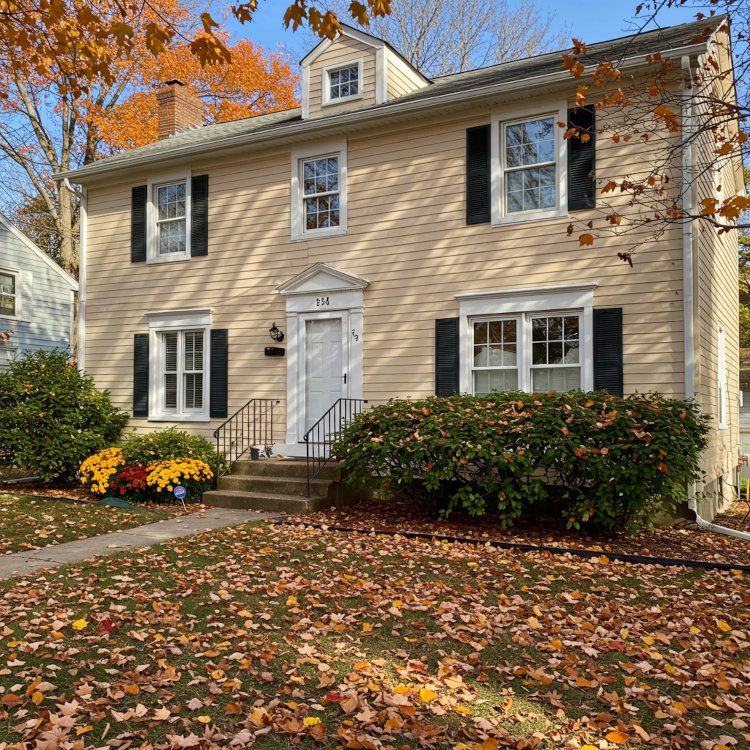
Professional painters often recommend high-quality products like Benjamin Moore exterior paints for trim. These paints resist moisture and UV rays, ensuring durability through snow, rain, and sun.
Preparing the Surface Properly
Preparation is the most important step in any painting project, especially for trim. Surfaces must be cleaned, sanded, and caulked before applying a new coat of paint. Painter’s tape should be used to protect walls, siding, or flooring while ensuring crisp edges.
Skipping prep work leads to poor adhesion, peeling, or uneven coverage. Professional painters take extra time to prepare the surface because it ensures a smoother finish and longer-lasting results.
Choosing Colors for Trim
Selecting colors for trim is just as important as wall or siding colors. Classic white trim is versatile and pairs with nearly any palette. Off-white tones add warmth in traditional homes, while bold colors on trim create accents that draw the eye.
Homeowners should test small samples before committing. Light changes throughout the day can alter the appearance of paint color, especially around windows. Trying out a few shades helps ensure the final choice works with both natural and artificial lighting.
DIY vs Professional Trim Painting
Trim painting may seem like a small project, but it is detail-heavy. Narrow surfaces, constant edges, and the need for precise lines make it tricky. DIY painters often end up with drips or uneven finishes, especially when using the wrong brushes or skipping prep.
A professional painter brings experience, the right tools, and a steady technique. They know when to use angled paint brushes, how to apply high gloss without streaks, and how to protect surrounding surfaces with painter’s tape. Hiring professionals is often the better choice for homeowners who want consistent, lasting results.
When to Refresh Trim
The best time to repaint trim is when signs of wear appear. Inside, look for scuffed baseboards or faded door frames. In the living room, the trim around the windows may show stains from sunlight. Outside, peeling or flaking trim is a clear sign that it is time for a new coat of paint. Repainting exterior trim is also smart when changing siding colors, ensuring the whole exterior feels coordinated.
Final Thoughts
Trim painting proves that small details create big transformations. Inside, a new coat of paint on crown molding or baseboards elevates living spaces. Outside, crisp trim outlines the siding and frames the house beautifully. Repainting trim not only improves curb appeal but also protects wood from moisture and daily wear.
For homeowners in Ohio, investing in trim painting is a simple, cost-effective way to keep properties fresh and protected. Whether you choose classic white trim, bold accents, or subtle neutrals, repainting trim is a good idea that makes an outsized impact.
Views Expressed DisclaimerThe views, opinions, and information presented in this article are for informational purposes only and do not necessarily reflect the official policies or positions of Crocker Home Painting Company. While every effort has been made to ensure accuracy, Crocker Home Painting Company is not liable for any errors, omissions, or decisions made based on the content provided. Readers are encouraged to consult professionals for specific advice or assistance related to their unique circumstances.

